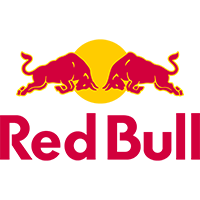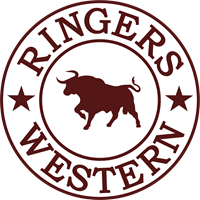Referees are set to welcome the introduction of a captain’s challenge in the NRL next season, with the new rule expected to shift pressure onto players to make the right call over contentious rulings and reduce controversy over stripping calls.
While NRL officials are yet to announce how the system will work, it is likely each team will only be allowed one incorrect call per half or per game so the onus will be on the captains to be sure before attempting to overturn a decision.
With most of the on-field protests likely to revolve around stripping calls or knock-ons, captains will need to rely on the honesty of teammates to decide whether to challenge a ruling.
The NRL has been considering a captain’s challenge since the introduction of the Bunker in 2016 and the concept was trialled – but unused by each team - during a Telstra Premiership match between Newcastle and St George Illawarra in the final round of that season.
Most match officials are believed to support a captain’s challenge as it reduces the focus on their rulings because players will now have the opportunity to overturn a decision if they believe it is wrong.
But if a team chooses not to use their challenge it means they have accepted the call and moved on.
It looks like you may be using adblocking software to view this site.
Many features on the site, such as video playback, may not work properly when using adblocking software.
Please whitelist our domain or disable your adblocker to access all features and videos.
NRL Nines the next step in growing national game
Incorrectly using a challenge could be costly as a team forfeits any further opportunities to protest a refereeing call during the match and captains are likely to be judged on their success rates for appealing decisions as they are in cricket and other sports.
Australian cricket captain Tim Paine was criticised during this year’s Ashes series after wasting a review on a shout by Pat Cummins that left Nathan Lyon unable to appeal an lbw decision that would have won the third Test before Ben Stokes secured a one-wicket win for England.
After managing to overturn just eight of the 35 DRS challenges during the Ashes, Paine plans to enrol in an umpires course, while the Australian team has now decided only the bowler and wicketkeeper will determine whether to review caught behinds and the point fielder will be used on lbw appeals.
A similar scenario could arise in the NRL if a player tells his captain that he had the ball stripped after the referee ruled a knock-on and replays show it was a loose carry as his team would be unable to challenge any other decisions in the match.
Getting a challenge wrong proved costly for Wests Tigers during their 2016 Holden Cup semi-final loss to North Queensland as captain Jack Wheelhouse was unable to protest a try by Cowboys winger Gideon Gela-Mosby after he put a foot into touch.
A captain’s challenge was used in the Under 20s from 2012, and trialled in the NRL during the final round match between the Knight and Dragons but despite 10 tries being scored, neither team used the appeal system.
The difference between previous systems and the one set to be introduced in 2020 is they could only be used to appeal decisions relating to the awarding or denial of a try but those calls will be left to the match officials.
It looks like you may be using adblocking software to view this site.
Many features on the site, such as video playback, may not work properly when using adblocking software.
Please whitelist our domain or disable your adblocker to access all features and videos.
Rule changes announcement
Instead, players can challenge decisions during general play but only in cases where a referee has made a call – meaning they can’t appeal for a knock-on at the play-the-ball if match officials don’t pick it up.
The most obvious area where a captain’s challenge is likely to be used is for stripping calls – and particularly one-on-one strips in which the team losing possession may feel there were two or more players in the tackle when the ball was stolen.
NRL CEO Todd Greenberg said after trials of the Bunker in 2015 that the introduction of a central command centre for video refereeing decisions could pave the way for a captain’s challenge, along with a more efficient match review process.
"We are at the very start of this but the opportunities are endless," Greenberg said.
"It gives us the ability to seriously consider a captain’s challenge, and we could have the match review committee here looking at incidents while the game is on and then announcing the charges after full-time."
The NRL has since sped up the judiciary process, with the match review committee announcing charges the day after each match rather than waiting for the end of the entire round.
NRL head of football Graham Annesley, GM elite competitions Jason King and GM competitions Nathan McGuirk are among those charged with deciding the final details of how the captain’s challenge system will work.
When it was trialled in 2016 each team was allowed one incorrect challenge per half but there was no limit on how many times a captain could contest a ruling by the match officials if he continued to be proven right.
However, concerns teams could try to use the challenge tactically to slow down play towards the end of a game have sparked suggestions that they may only be allowed one incorrect challenge per match.
The NBA introduced a coach’s challenge system this year, in which each team is restricted to one appeal per game regardless of whether they are successful, while NFL coaches are allowed two reviews and can continue to challenge rulings if they get their calls right.
The NFL this year widened the scope for a coach’s challenge to enable them to appeal non-calls by referees, as well as controversial decisions.
2020 Telstra Premiership
The views in this article do not necessarily express the opinions of the NRL, ARLC, NRL clubs or state associations.















